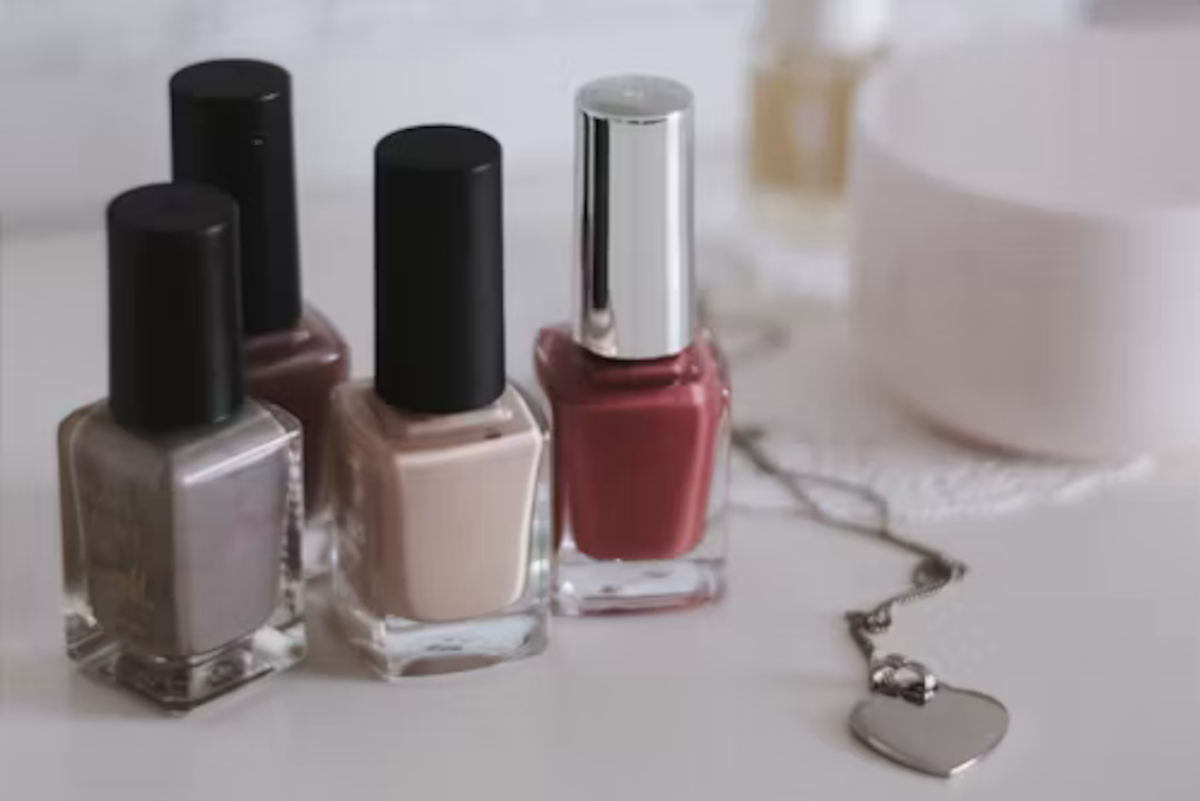
Is gel nail polish safe in South Africa?
Is gel nail polish safe in South Africa? I unpack the EU TPO ban, allergy risks, salon claims and simple ways to protect your hands without giving up your gloss.

As a mom I love anything that buys me time – and gel manicures have been my not-so-secret weapon.
No chipping after doing dishes, glossy for weeks, and a little hour of pampering to feel put-together.
But lately my feed has been full of warnings about “toxic” ingredients and even fertility risks.
So I dug in: What’s actually true, what’s been banned (and where), and what this means for gel lovers in South Africa.
What’s behind the scary headlines?
Two things are driving the latest concerns:
- A newly banned EU ingredient called TPO
TPO (trimethylbenzoyl diphenylphosphine oxide) is a photoinitiator – the ingredient that helps gel cure hard under UV/LED lamps. As of 1 September 2025, the EU has banned TPO in cosmetics because it’s classified as a CMR substance (carcinogenic, mutagenic or toxic for reproduction) based mainly on animal data. The ban covers all 27 member states, and salons can’t use up old stock. The UK plans to follow with a similar restriction by late 2026/early 2027. - Rising reports of allergies to certain acrylates
Separate to TPO, dermatologists have seen more allergic contact dermatitis from methacrylate monomers especially with DIY kits or poor application. When you cure a gel under a UV/LED lamp, these monomers link together in a chemical reaction called polymerisation to form a hard, durable plastic (a polymer) on your nail. One monomer that has been mentioned specifically is HEMA, but others include HPMA, EMA, and IBOA.
There’s also the question about UV dryers.
Lab studies show these lamps can cause DNA damage in cells, prompting caution, though other work suggests risk can be minimised and even mitigated by applying SPF beforehand.
Is gel polish “banned” here? What’s the South African picture?
Short answer: No, gel polish isn’t banned in South Africa.
Locally, cosmetics fall under the Foodstuffs, Cosmetics and Disinfectants Act 54 of 1972, with ingredient restrictions issued by the Department of Health/SAHPRA framework.
South Africa often references EU moves but changes aren’t automatic.
We can expect salons that stock EU-compliant brands (or brands that reformulate globally) to move to TPO-free gels as a result, however you could still be at risk while South Africa catches up.
So… how “bad” is it?
Nuance matters. The EU ban is based on hazard classification (the inherent risk of the chemical), not necessarily on measured harm from salon-level exposure on nails.
Many experts stress that properly formulated, professionally applied gels remain low risk for most clients.
Still, if you’re pregnant, trying to conceive, highly sensitive, or a nail tech with frequent exposure, it’s sensible to be extra cautious and choose TPO-free systems.
What salons are saying?
Since then, some salons have taken to social media to say that their products are safe and TPO free.
Final word
For me, gel is still worth it – it saves time, looks polished, and doubles as a self-care ritual – but I want it done safely, transparently and with smart formulation.
My (updated) gel manicure safety checklist:
- Choose reputable salons: You usually get what you pay for. Look for trained techs, proper tools, and good reviews.
- Ask for TPO-free products: Request the INCI or SDS to confirm the photoinitiator.
- Protect from curing light: Prefer an LED lamp. If UV is used, apply SPF to hands 15 minutes before.
- Check ventilation and hygiene: Fresh air, clean stations, sterilised tools, and minimal dust are non-negotiable.
- Take nail breaks when needed: If nails feel thin or sensitive, pause gels and focus on gentle care and strengthening.
- Be cautious with DIY kits: Avoid skin contact, follow cure times exactly, and stop if you notice redness or itching.
